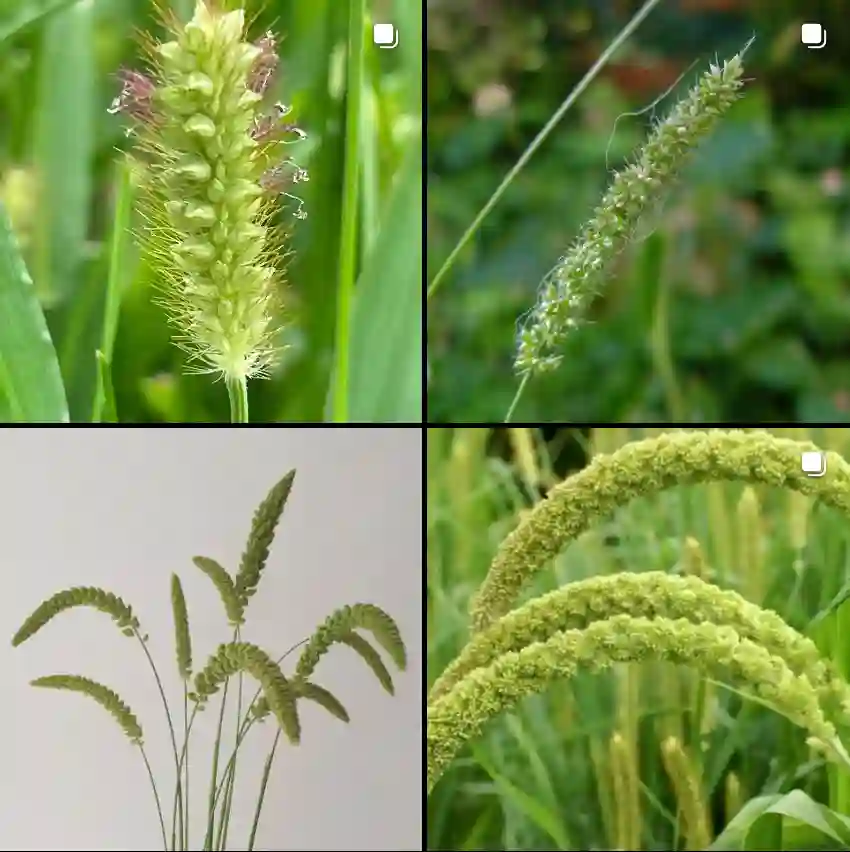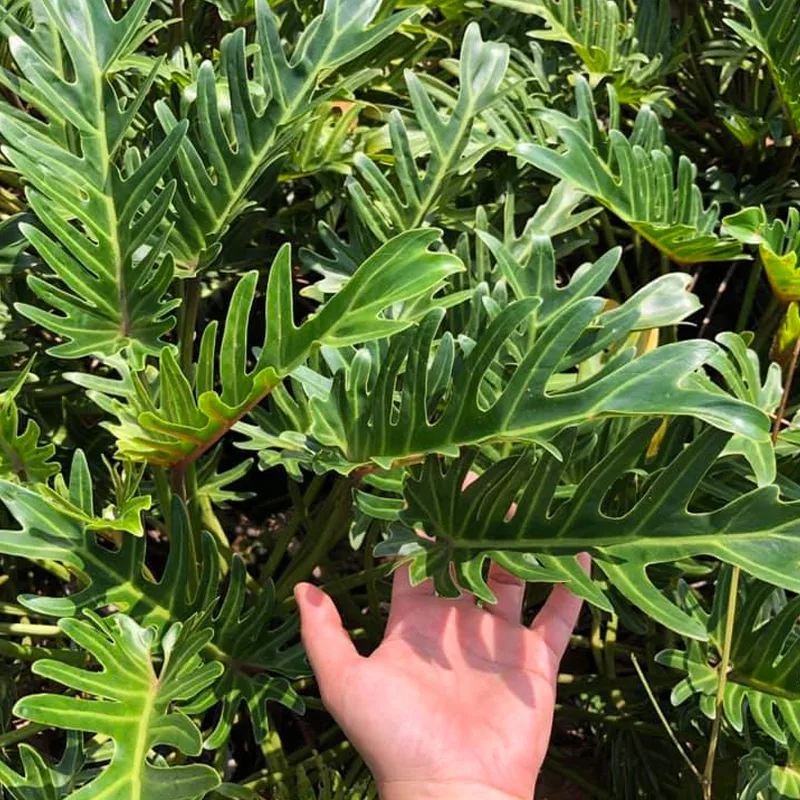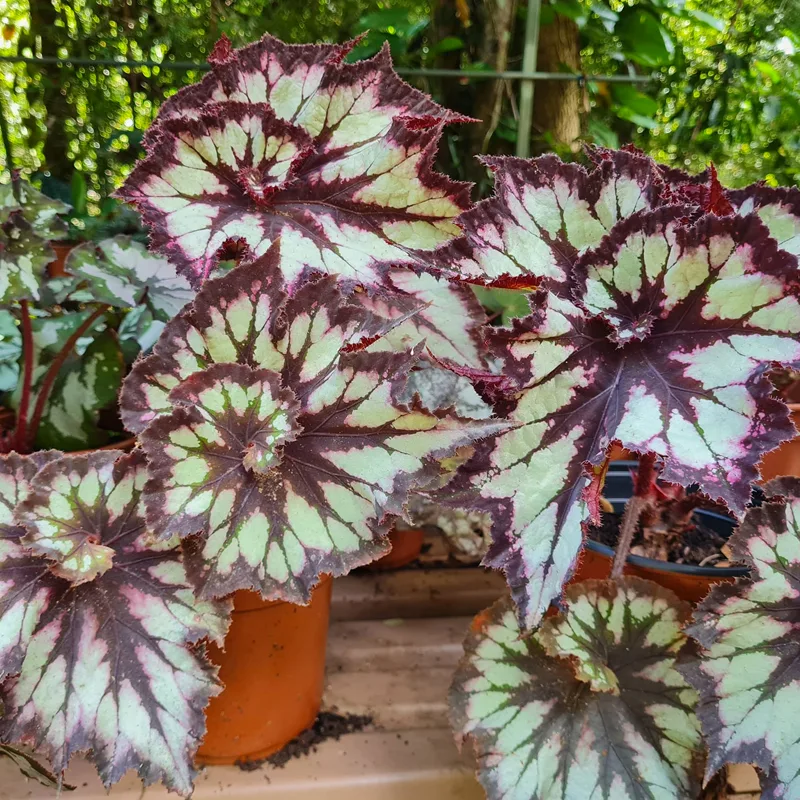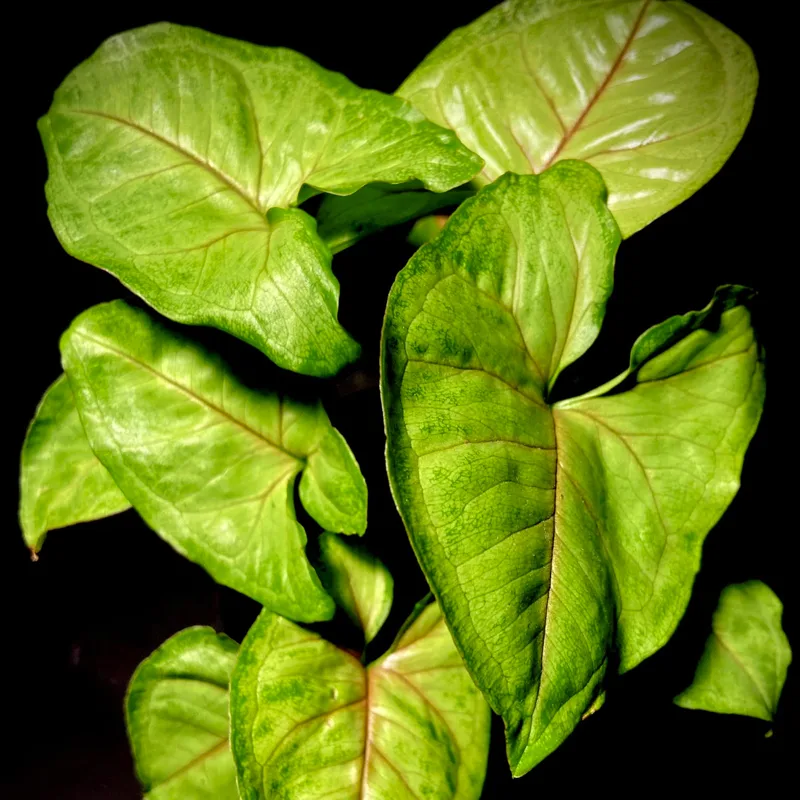My Fascination with Clivia
I’ve always been drawn to the quiet elegance of Clivia. These evergreen plants, with their vibrant flowers and lush foliage, possess a timeless beauty that captivates me. Native to the subtropical woodlands of South Africa, Clivia are members of the Amaryllidaceae family, closely related to the amaryllis and the daffodil. But unlike their bulbous cousins, Clivia grow from thick, fleshy roots, giving them a unique resilience and longevity. I find myself drawn to their understated strength, their ability to thrive in shady conditions, and their dramatic displays of color when they bloom.
A Diverse Genus
While the genus Clivia is relatively small, it boasts a fascinating diversity of species, each with its own distinct characteristics. Here are the 7 recognized species:
- Clivia caulescens – Native to South Africa’s Mpumalanga and Swaziland regions, Clivia caulescens is known for its distinctive tall, erect stems that can reach up to 2 meters. It produces clusters of pendulous, tubular flowers, typically a soft orange with green tips, creating a lovely, drooping effect. This species is more shade-tolerant than others and prefers a cooler, mountainous environment.
- Clivia gardenii – This species is also found in the wilds of South Africa, where it grows along forest floors in dappled light. Clivia gardenii blooms from fall to winter, producing cascading clusters of yellow-tipped orange-red flowers. Its arching leaves are slender and somewhat longer than those of other Clivia species, giving it a more delicate appearance.
- Clivia miniata – The most well-known and widely cultivated species, Clivia miniata is prized for its vibrant, upward-facing orange flowers with yellow throats. Native to forested areas in South Africa, it has broad, strap-like leaves and a clumping growth habit. Unlike its relatives, its flowers are erect rather than drooping, making it a popular ornamental plant worldwide.
- Clivia mirabilis – Discovered in the Northern Cape region of South Africa, Clivia mirabilis is notable for its ability to tolerate arid conditions, an unusual trait in the genus. It produces slender, tubular flowers in shades of orange and salmon, blooming in late winter. This rare species thrives in well-drained soils and is particularly suited for rock gardens and xeriscaping.
- Clivia × nimbicola – A hybrid resulting from the natural crossbreeding of Clivia caulescens and Clivia miniata, Clivia × nimbicola showcases a combination of traits from both parent species. Its flowers are pendulous and typically feature warm, gradient hues from orange to yellow. This hybrid is adapted to misty, cool climates and offers a unique variation to Clivia enthusiasts.
- Clivia nobilis – The first Clivia species discovered, Clivia nobilis is native to the Eastern Cape of South Africa. It produces pendulous, bell-shaped flowers with a reddish-orange hue and green tips. Known for its resilience, Clivia nobilis grows well in shaded environments and exhibits long, narrow leaves with serrated edges, giving it a unique appearance among its relatives.
- Clivia robusta – One of the largest Clivia species, Clivia robusta is well-suited for wet habitats, particularly along riverbanks in South Africa. It has a robust growth habit, with thick, lush foliage and clusters of drooping orange or red flowers. Blooming in winter, it is often appreciated for its large, bold form and is valued in landscape design for its hardiness and resilience in moist environments.
More Than Just a Pretty Face
Beyond their aesthetic appeal, Clivia hold a special significance for me. They represent a connection to my heritage, a reminder of the rich biodiversity of my homeland. I admire their resilience, their ability to thrive in challenging conditions. They are a symbol of strength and perseverance, qualities I strive to embody in my own life.
I’m also fascinated by the cultural significance of Clivia. In some African cultures, Clivia are believed to have medicinal properties and are used to treat various ailments. They are also valued for their ornamental beauty and are often used in traditional ceremonies.
A Growing Passion
My interest in Clivia has only deepened over time. I’ve become an avid collector, cultivating different species and varieties in my garden. I enjoy the challenge of propagating them from seed and watching them grow and mature. Each new bloom brings a sense of joy and accomplishment.
I believe that Clivia have the potential to become even more popular as people discover their beauty and resilience. They are relatively low-maintenance plants that can thrive in a variety of conditions, making them ideal for both indoor and outdoor gardening. I encourage everyone to consider adding a Clivia or two to their plant collection. You won’t be disappointed.
If i die, water my plants!



